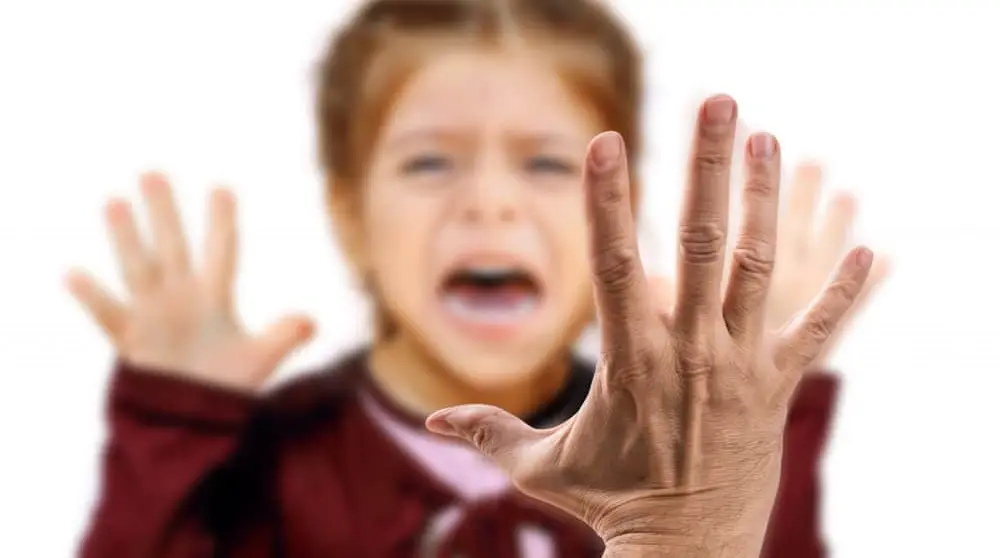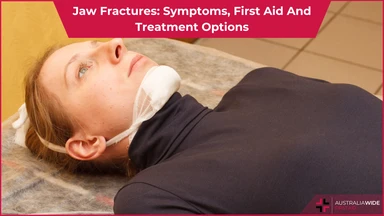Domestic Violence First Aid


Coronavirus restrictions have seen a doubling of emergency treatment at Melbourne hospitals for episodes of family violence, according to ABC News.
Domestic violence First Aid has never been more important. But it needs to be approached with caution.
As a provider of essential services — in the form of First Aid courses in Melbourne — Australia Wide First Aid is keen to promote safe First Aid in situations involving family violence.
If you are a first responder at the scene of domestic violence, your own personal safety can be in jeopardy when you try to provide First Aid to the victim.
Your First Aid mantra should always be DRSABCD.
It is crucial too, that the perpetrator of the violence is not present while you’re providing First Aid. Both you and the victim would otherwise be in harm’s way should the perpetrator have another violent turn.
You will be in a position to safely assist the victim when there are no potential hazards.
Continue with 30 compressions and 2 breaths until the victim responds or paramedics arrive to take over. If you’re uncomfortable about the risk of infection, do not apply the breaths.
This DRSABCD strategy is focused on basic life support. If the body is deprived of oxygen or the heart stops pumping, death follows quickly.
People who have no First Aid training might be afraid to move an injured person, believing that spinal injury could result. However, spinal injury doesn’t mean certain death… unlike lack of air.
Once DRSABCD has been followed, heavy bleeding can be addressed. A tourniquet can be applied to an affected limb to stem blood loss. A wound may need to be stuffed with a clean dressing or, if none is handy, clothing.
If a knife or other object is embedded in the wound, apply pressure with pads on the sides of the wound and bandage around the object… do not remove it.
Place the person in the recovery position and support their head and neck until medical assistance arrives.
Keep checking the bandages to make sure the person’s blood circulation is not being cut off.
We also recommend undertaking a First Aid course in Melbourne through Australia Wide First Aid. Our streamlined method of instruction and expert first aid assessors will equip you with the skills to efficiently deliver assistance during all types of medical emergencies.
Australia Wide First Aid provides First Aid and CPR courses for both private and business needs.

March 6, 2025
Falls are one of the most common causes of injury, particularly among children and older adults. Whether it’s a simple trip or a serious fall from height, knowing how to administer first aid can prevent further injury and, in some cases, save a life.

October 1, 2024
The musculoskeletal system is the foundation of human movement, support, and protection, playing a critical role in our ability to perform everyday tasks. Understanding the components and functions of the musculoskeletal system is essential for preventing injuries and managing conditions that may arise, particularly in workplaces where manual handling tasks are common.

August 28, 2024
A jaw fracture is a break or crack in the jawbone. This type of injury can occur due to various reasons and may result in considerable pain and difficulty in performing everyday activities like eating and speaking.